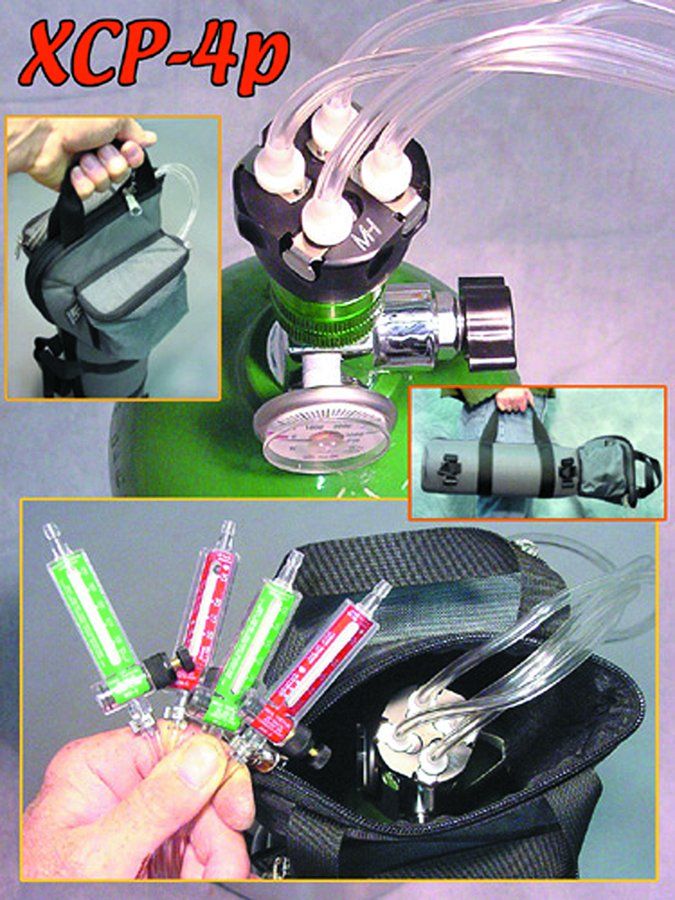The widespread availability, and use, of inexpensive pulse oximeters opened the eyes of many in the aviation community to what the aeromedical folks have been telling us for years: The FARs on oxygen give a false sense of security to pilots. Pilots who are in full compliance with the regs are often oxygen-deprived to a level that adversely affects their ability to operate the airplane. The good news is that there are a number of reasonably priced, high-quality portable oxygen systems to help protect yourself against hypoxia and make your flights safer and more comfortable.
Breathing 101
Oxygen makes up some 21 percent of air. Every pilot knows that as you gain altitude, the air molecules get farther apart so it’s increasingly difficult to convince oxygen to pass through the human lung and join with hemoglobin to oxygenate the bloodstream. As the blood’s oxygen saturation level drops, it leads to hypoxia, an evil, wicked, mean and nasty condition. It causes, among other things, deterioration of mental and physical functions as we’ll as loss of vision. All the while, it neatly obstructs the pilot’s ability to recognize its onset because its most powerful symptom is euphoria—”Everything is great!” For a frightening example of the effects of hypoxia, here’s a recording of a hypoxic Learjet crew talking.
In our opinion, a number of otherwise unexplained general aviation accidents were due to the effects of hypoxia causing either loss of control or diminished capacity to the point the pilot could not follow an instrument approach chart and flew into terrain. In researching this article, every aeromedical professional we spoke with emphasized the fact that the effects of hypoxia become pronounced at lower altitudes than most pilots realize, often because the reduction in mental and physical functioning are covered up by the profound feeling that all is going well.
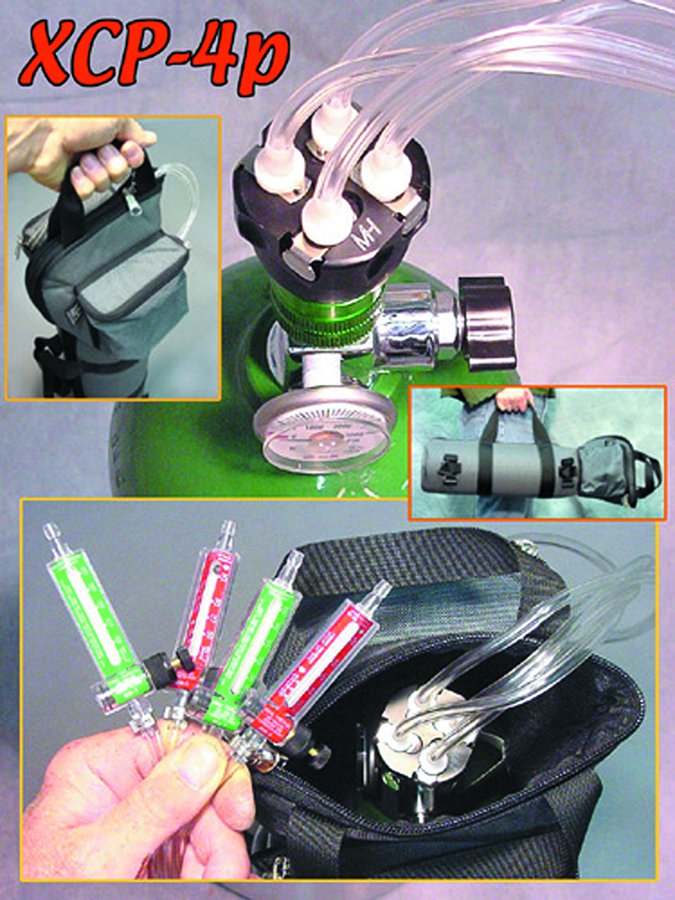
In addition, the usual day-to-day events we deal with such as stress and fatigue exacerbate hypoxia. Another fact of life is that as we age we become hypoxic at progressively lower altitudes.
A pilot can legally climb to 14,000 feet and fly there for 30 minutes without supplemental oxygen although at the very best, his or her blood oxygen saturation will be 88 percent, and more likely closer to 83 percent. Dr. Bruce Chien of Peoria, Illinois, told us that most hospitals will not accept an “informed consent” from a patient who has a saturation level below 90 percent. That got our attention.
We strongly recommend that any pilot who flies above 6000 feet MSL with any regularity own and use a pulse oximeter. We also recommend that he or she give serious consideration to purchasing and using a portable oxygen system.
Yes, we know, for many of us pilots the thought is that what we don’t know won’t scare us. But, now that we know, we should be at least concerned and—good news—there’s a large selection of supplemental oxygen systems that aren’t terribly expensive. We’ll talk about what’s in a system, what systems are on the market and pass along the prices we found
Oxygen
All oxygen produced in the U.S. is made through a complex process called liquefaction. Simplified, air is compressed and cooled to such an extreme state it becomes a liquid. The component gases are boiled off, leaving only very nearly pure liquid oxygen. Oxygen is oxygen. Ever since liquefaction became the sole process of producing it, there has been no difference between aviation, medical and industrial oxygen—which means that the least expensive place to purchase it is at your local welding shop. Oxygen used for aviation is not some magical, drier form of the gas even though requirements in FAR Part 135 for “aviator’s breathing oxygen” prescribe some testing in the supply chain. There are no such requirements for Part 91 operations.
Portable Systems
A portable system truly is—you can carry a four-place system in a bag. It consists of an oxygen bottle, a regulator that reduces the pressure of the compressed oxygen from the 1800 to 2100 PSI range (depending on the bottle) to a usable range, some sort of flow control device, tubing and either an oxygen mask, standard cannula or a type of conserving cannula of which the Oxymizer is most common. A conserving cannula rebreathes a portion of the oxygen via a bladder in a plastic mustache device or pendant arrangement. The normal rule of thumb used for planning oxygen use per person is two liters per minute or 120 liters per hour for either a cannula or mask. A conserving cannula cuts that rate at least in half.
We found standard cannulas for under $10 and Oxymizer conserving cannulas for under $40. Basic oxygen masks were advertised for as low as $11. However, if you want a mask with a microphone in it, so you don’t have to shove the mask out of the way to talk with ATC, plan on at least $450.
Flow
There are two general methods for regulating oxygen flow in portable systems: The continuous flow method uses a regulator set at a constant flow rate that is a compromise. It’s good for up to about FL250, but more than enough at lower altitudes. Most portable systems include a flow meter to slow the flow at lower altitudes. An altitude adjustable system has a control on the regulator or flow meter that allows the user to set the flow to what is appropriate for the altitude of the airplane.
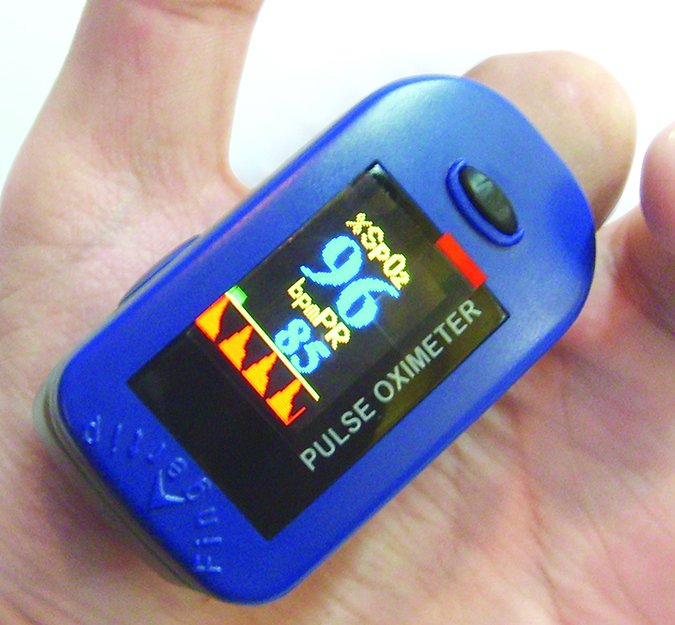
No matter which flow method is used, there should be an indicator in each user’s line to show if there is oxygen flowing to the user. Most use green to show flow and red to show no flow—caused by anything from an empty bottle, the regulator turned off to a kink in the oxygen line.
Bottles
Our survey of purveyors of portable oxygen systems showed that bottles are available in a wide range of weights, sizes and capacities. To narrow it down for the chart above, we looked at 20-22 cubic foot bottles because they provide enough oxygen for an extended round trip without refilling and aren’t so big they require a major effort getting them in and out of the airplane. In our conversations with suppliers we found that every single one was enthusiastic about talking oxygen systems—at a level that surprised us, and we talk to a lot of product manufacturers.
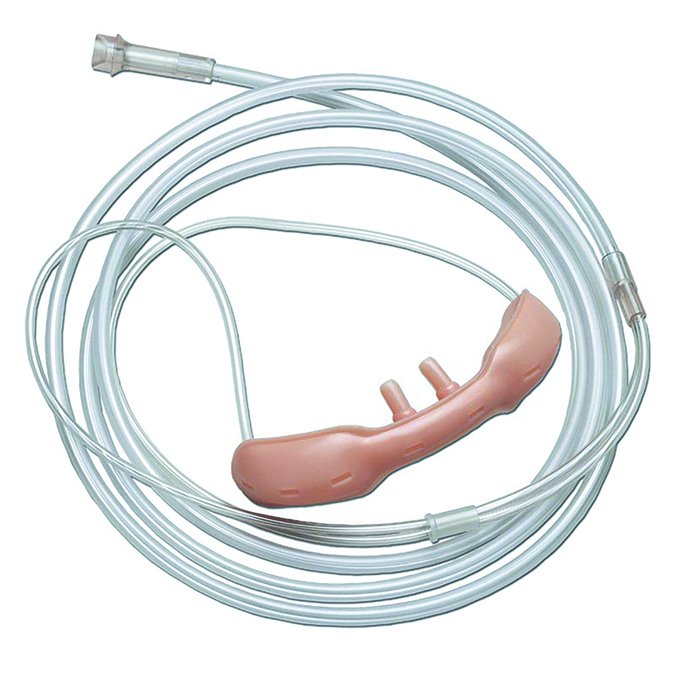
We strongly recommend that when you consider a system, call and talk with the supplier about your needs and flight profiles so that you can tailor the system—especially the bottle size—to your needs.
We found that regulators came in different flavors in terms of number of outlets and ability to adjust oxygen flow for the number of users on the system.
The flow meters offered for the systems we surveyed are a rotameter-type design—they’re sometimes called floating-ball meters. Most are made up of a clear plastic or acrylic (preferred) tube with unmetered oxygen from the regulator entering one end and a metered flow to the cannula/mask coming out the other. The flow is adjusted using a thumbscrew needle valve that suspends a ball in the plastic column of the flow meter corresponding to a scale calibrated in altitude on the side of the column.
Carrying cases are offered as standard with some systems; for others they are an extra-cost option. Depending on where you intend to put the bottle, a carrying case may or may not be worth the money. Some users told us that they put the bottle in a seat back, and save money by using a fabric sack they had around home to carry the system around.
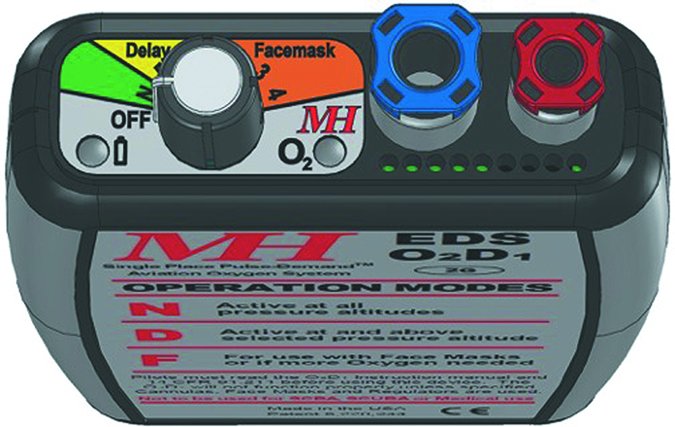
In our survey, we priced two- and four-place systems. As we did so, we noted that some suppliers recognize that a number of users only need oxygen for the pilot and one passenger and then only for short periods of time, so they offer some very basic two-place systems at attractively low prices.
1. Mountain High
We consider Mountain High to have one of the most sophisticated systems on the market. We particularly like the regulator it offers; it has four ports with snap-in connectors that all exit the top facing in the same direction. It easily allows for from one to four users. An owner who buys the system for just two users can easily expand it by simply purchasing tubing, flow meters and cannulas.
Mountain High also offers a pulse demand oxygen system (referred to as Electronic Delivery System) that will plug into virtually any portable oxygen system. It replaces the flow meter and reduces wasted oxygen by sending a measured pulse of oxygen to the individual user when he or she breathes in. The data published on Mountain High’s website shows that using a minimizing cannula cuts oxygen use by more than half—the Electronic Delivery System (EDS) reduces that by another 30 percent.
At 15,000 feet its 22.8 cubic foot tank provides 6.3 hours of oxygen for a single user with a mask or cannula, 14.8 hours with a minimizer cannula and 19.2 hours with a minimizer and EDS.
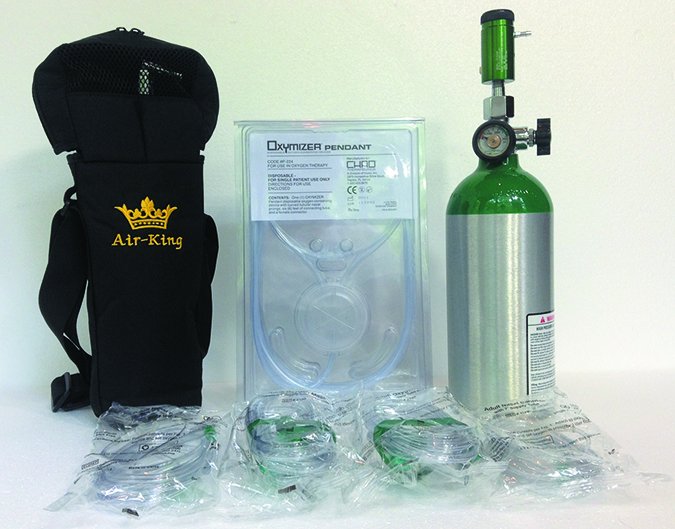
2. SkyOx
SkyOx keeps the cost of its units down by not providing individual flow meters for each user. A single flow valve adjusts the flow of oxygen so that it is the same for each user. While we prefer individual flow meters as oxygen use is not one-size-fits-all, we do like that the flow does not have to be adjusted when a new user plugs in to the system. Each SkyOx system comes with Oxymizer cannulas and one mask.
3. Precise Flight
One of the innovators in the general aviation oxygen field, Precise Flight not only offers a range of packages for portable oxygen systems, it has also developed the mechanical (no batteries required) X3 Demand Conserver. It supplies oxygen when the user demands it—breathes—and the company claims it will increase oxygen duration at least 300 percent. The price is $799 for a unit that can be used by one or two users.
Precise Flight is the only supplier we found that provides the same number of masks as it does cannulas with its systems. It is also the only supplier we found that has a flow meter that can be used for regular cannulas and masks as we’ll as oxygen-conserving cannulas—its A-5 variable area flow meter.
4. Aeromedix
Aeromedix offers a basic, two-place system with Oxymizer cannulas for a rock-bottom price of $495. It uses a simple splitter to provide oxygen to two people—there is no individual flow control. Adding its proprietary flow control meters ups the price to $625.
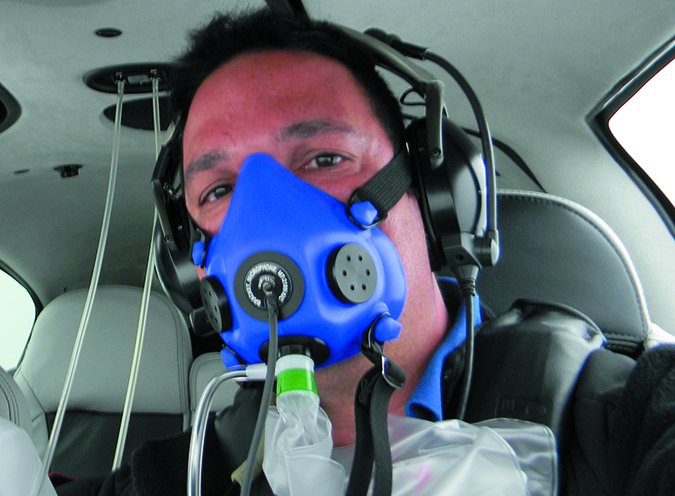
5. Delta Air-King
At $435 for its most basic two-place system, Delta Air-King was the lowest price portable system we found. It has no flow meters and includes only standard cannulas and one mask—nevertheless, it delivers oxygen where and when it’s needed and can be upgraded easily. Moving up to Oxymizer cannulas and individual flow meters won’t break the bank.
Delta Air-King also offers two different oxygen headsets—the EZ-Arm headset. Neither is a headset that has earphones and a mic; each is a headset in the sense that it has a clear headband that goes over the user’s head and has a boom that curves around the front of the user’s face, supporting either a nasal cannula or oxygen diffuser. The price is $25 for either version. It appeared to us that it would interfere with a traditional earmuff headset, although would probably be usable with an in-ear style headset.
6. Aerox
We like that Aerox includes individual flow meters in all of its systems, including its basic two-place unit. It also has a wide variety of oxygen bottles, making it easy to fine-tune the system to the user. The regulators are equipped with push-pull connectors that simplify plugging in or removing users and straightening out tangled oxygen tubes. Unfortunately, we found the website to be surprisingly short on details of its systems.
Oxygen Cannula on Your Headset
There are a few challenges involved with using a cannula for your oxygen supply. Figuring out how to wear one the first time can become low comedy. Digression—the preferred method is for the splitter to go under your chin, the two tubes are tucked behind your ears and the cannula is tucked into your nose, with the tab on the opposite side of the nasal tubes pointing downward. The slider at the splitter is moved upward toward your neck to tighten the assembly, but not so tight that it’s uncomfortable. The alternate method is to place the nasal tubes in your nose, tab down, and run the tubes along either side of your head, above your ears. The slider at the splitter is tightened behind your head.
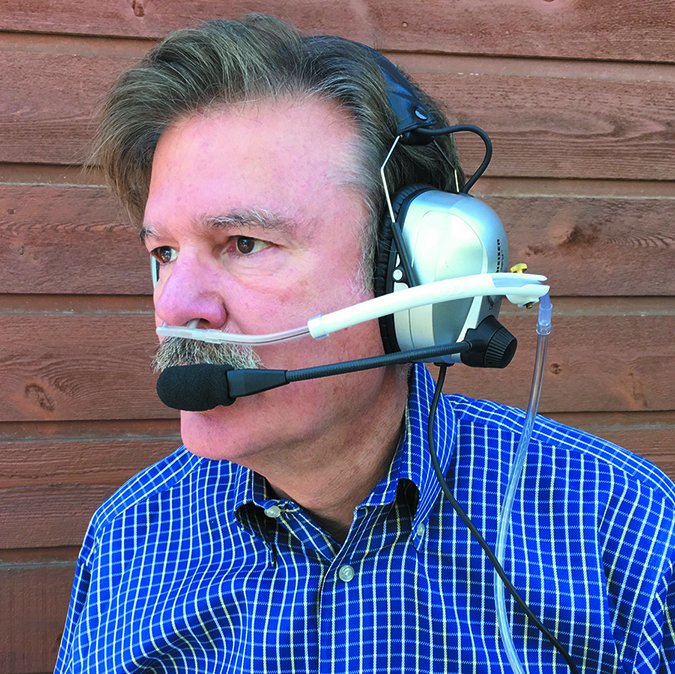
Putting on a cannula while wearing a headset means removing the headset and then juggling the cord and the cannula tubes while hoping you don’t miss an important call from ATC.
There has to be a better way.
Some years ago Mountain High Oxygen Systems came up with an oxygen cannula that can be mounted on a headset. It recently released an upgraded version, the E-Z Breathe II Boom Cannula. Having wrestled conventional cannulas for years, we decided to give it a try.
The installation instructions, both text and video on the website, are clear and complete.
The boom is mounted to a headset earcup—it can mount from the left or right—via a ball mount attached with an adhesive foam pad. The boom has a thumb friction screw to keep it firmly positioned on the ball mount.
The (non-conserving) cannula itself has copper wires embedded in it that allow it to be twisted as needed—it slides in and out as well—to fit the wearer’s face. We found the cannula easy to adjust, although a mirror proved handy to get it right the first time. On a conventional cannula we’re used to tightening the slider so the nasal tube section is firmly against our face—it took a bit to adjust to the nasal tubes not being held tightly against the base of our nose, but we found we liked not having cannula tubes strapped against our head.
We also liked being able to rotate the cannula boom up out of the way—it didn’t interfere with the boom mic. That meant we could get everything set up for oxygen use prior to takeoff with the cannula boom rotated up.
Once it was time to go on oxygen, it was only a matter of rotating the boom down and inserting the nasal tubes—no pulling off the headset and wrapping cannula tubes around our ears.
On descending below oxygen altitudes, it’s only a matter of shutting off the oxygen and rotating the cannula boom out of the way. You don’t have to either pull off your headset or decide to leave the cannula in place until landing.
We stow our headset in a small case between flights, and found it was easy to remove the E-Z Breathe II from the ball mount and store it, still attached to the oxygen supply tube, with our oxygen gear.
For $99 from Mountain HIgh, we think the E-Z Breathe II Boom Cannula is worth it for anyone who uses oxygen regularly. The kit includes a spare cannula and adhesive foam mounting pad.
Oxygen Use Regulations: Outdated, Confusing
The Federal Aviation Regulations concerning supplemental oxygen use in flight—Part 91.211—were put in place in 1963. They have never been updated to apply what has been learned about the effects of oxygen deprivation on the human body. In doing the research for this article every doctor we spoke with told us that requirements for oxygen use under 91.211 are inadequate and the false sense of security they provide pilots has undoubtedly cost a number of lives. Dr. Brent Blue of Jackson, Wyoming, an Aviation Consumer contributor, put it bluntly: “Oxygen is underutilized on a wholesale basis.”
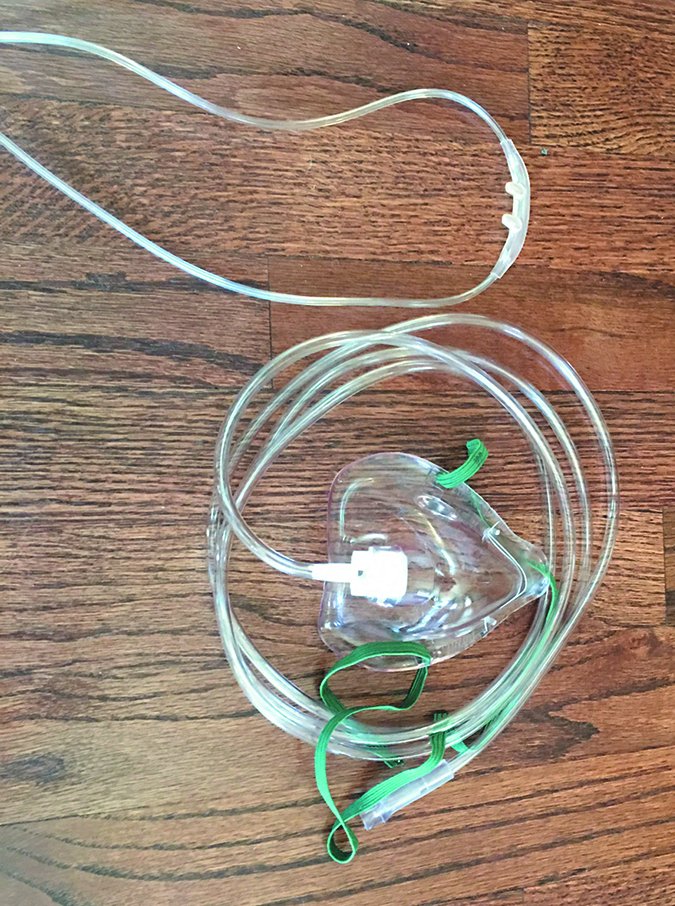
The nearly 54-year-old regulation appears to have been a political compromise. The aeromedical community knew that supplemental oxygen was needed for many pilots, especially those who smoked, at altitudes as low as 6000 feet MSL. However, the alphabet groups didn’t want a regulation that would require pilots to lug around heavy steel oxygen tanks—they’re made of aluminum or composite materials now and are much lighter—and have to pay for oxygen fills if they could avoid it. Accordingly, they pressed for the highest minimum usage altitudes they could get from the FAA.
As a result of the pushback from industry, FAR 91.211 allows a pilot to fly as high as 14,000 feet for 30 minutes without supplemental oxygen. Apparently, the idea was to allow pilots to fly completely across the country—climbing briefly to clear the highest mountain passes—without having to carry supplemental oxygen. We think that’s nuts.
A workable pulse oximeter can be purchased for under $30. We think every pilot who flies above 6000 feet should have one in his or her flight bag. The recommendations we received from multiple aeromedical sources regarding supplemental oxygen use were simple: When sitting down at home, breathing normally, use a pulse oximeter to determine your resting blood oxygenation level. For most people it will be around 96 percent. When you’re flying, check your oxygenation level regularly—once it has dropped five points, supplemental oxygen is recommended—when it has dropped 10 points, supplemental oxygen is required, in our opinion.
For years, pilots have assumed they were doing great when flying in circumstances where they needed supplemental oxygen. That’s because the first symptom of hypoxia is elation.
Don’t believe you need supplemental oxygen? The best way to see how much it benefits you is to make a night flight at 8000 feet. Once set up in cruise, take a few breaths of oxygen and see how much brighter the lights get and how much more clearly you can see. That’s because the retina is one of your body’s most sensitive organs to low oxygen levels.
Finally, there is a great deal of literature—and even some FAA publications—that says you can’t use an oxygen cannula above 17,999 feet; you have to use a mask. However, there is no FAR to that effect. FAR 23.1447 is often quoted for the mask requirement, but it applies to aircraft certification—not flight operations. It applies to built-in oxygen systems in aircraft and the required components in those systems, not how they’re used.
Nevertheless, once you get above 18,000 feet, your time of useful consciousness (TUC) without supplemental oxygen gets distressingly short. What matters is your blood oxygen saturation. Whether you are using a mask or cannula, it needs to be monitored and you should be aware of the potential shortcomings of each delivery device. If you’re using a cannula and have a lingering verbal exchange with ATC—perhaps a clearance reroute—you may be breathing through your mouth and, according to Mountain High Oxygen’s general manager Brad Stankey, you run the risk of hypoxia. If you’re using a mask and take it off to eat a sandwich, there’s a risk, according to Dr. Brent Blue, that you’ll become hypoxic and won’t put it back on.
We agree that a mask is increasingly necessary at altitudes above 18,000 feet—and strongly recommend its use—however, no matter what you use, what’s most important is continuing to make sure the oxygen is getting into your bloodstream.
Conclusion
We were impressed by the number of suppliers, the extent of the selection and quality of the systems available. We recommend that if you regularly fly above 6000 feet, that you explore purchasing and using a portable oxygen system. Dr. Brent Blue told us that pilots who have been flying above 6,000 feet should at least have oxygen available for 10 minutes prior to landing or shooting an instrument approach. We think that’s wise.

